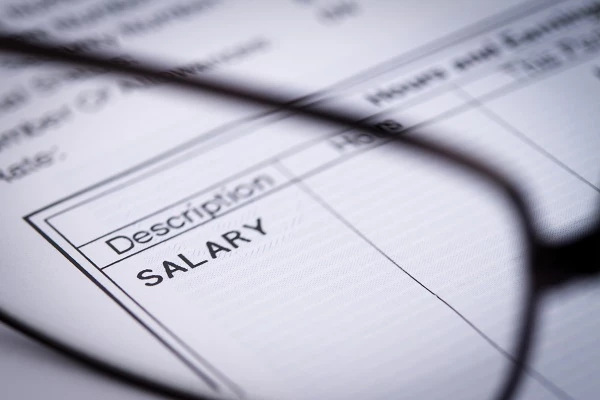
Partner Article
The Future of Furlough
When the Chancellor, Rishi Sunak announced the Coronavirus Job Retention Scheme (CJRS) on 20 March 2020 many employers were relieved to know that they had breathing space to close or scale back their businesses without having to make their workforce immediately redundant.
The portal for making claims went live one month later and while it’s undergone a few changes over the last 14 months, for the most part making claims has been a time consuming, data entry process.
On 27 May 2021, HMRC released a template for use by employers and agents with 16 to 99 furloughed workers that could be used to upload personal and furlough details.
That raised a few questions.
If CJRS is due to run until 30 September 2021, why release a rather simple excel file 4 months before the scheme ends?
Government statistics show that the employers with the fewest employees on furlough have consistently claimed throughout the pandemic. Therefore, it seems unlikely that a scheme that was supporting 4.2 million workers at the end of March 2021 will vanish over the next few months.
CJRS has previously been extended to avoid the 45 day collective redundancy consultation deadline for larger employers. Therefore, even without pushing back the “21 June reopening”, I would expect a further extension to be announced mid-August to avoid a cliff edge of mass unemployment.
I can only see the status quo remaining until the government sees the number of claimants reducing as we emerge from the pandemic.
At that point, the government would have an effective system in place to subsidise business with minimal administration and may decide to continue with the system on some level but under a different badge.
The other question the new procedure raised was around compliance checks.
Until now, the amount of furlough paid to each worker was only recorded on CJRS claim for employers with more than 100 furloughed workers. The new template for smaller employers records the amount against each worker along with expected hours and hours worked.
Therefore, I predict an increase in compliance checks as HMRC will increasingly be able to match RTI to CJRS claims automatically. We know first-hand that HMRC review every claim and calculation for each worker during a compliance check and liaising with HMRC can take up a lot of time.
It’s also worth noting that from an employee’s perspective, they can view their digital tax account to check whether CJRS is being claimed for them. We also know that employees who are in receipt of Universal Credit have hardship issues when real time information (RTI) submissions from payroll or CJRS claims do not reconcile with DWP records.
There is a statutory retention period of 6 years for furlough records. I’d urge all employers to make sure they have got their furlough agreements and calculations saved in a safe place should an inspector call.
For more information please contact Ken Davies, director of payroll at accountancy firm Mitchell Charlesworth.
This was posted in Bdaily's Members' News section by Anne Griffiths .
Enjoy the read? Get Bdaily delivered.
Sign up to receive our popular morning National email for free.








 Powering a new wave of regional screen indies
Powering a new wave of regional screen indies
 A new year and a new outlook for property scene
A new year and a new outlook for property scene
 Zero per cent - but maximum brand exposure
Zero per cent - but maximum brand exposure
 We don’t talk about money stress enough
We don’t talk about money stress enough
 A year of resilience, growth and collaboration
A year of resilience, growth and collaboration
 Apprenticeships: Lower standards risk safety
Apprenticeships: Lower standards risk safety
 Keeping it reel: Creating video in an authenticity era
Keeping it reel: Creating video in an authenticity era
 Budget: Creating a more vibrant market economy
Budget: Creating a more vibrant market economy
 Celebrating excellence and community support
Celebrating excellence and community support
 The value of nurturing homegrown innovation
The value of nurturing homegrown innovation
 A dynamic, fair and innovative economy
A dynamic, fair and innovative economy
 Navigating the property investment market
Navigating the property investment market